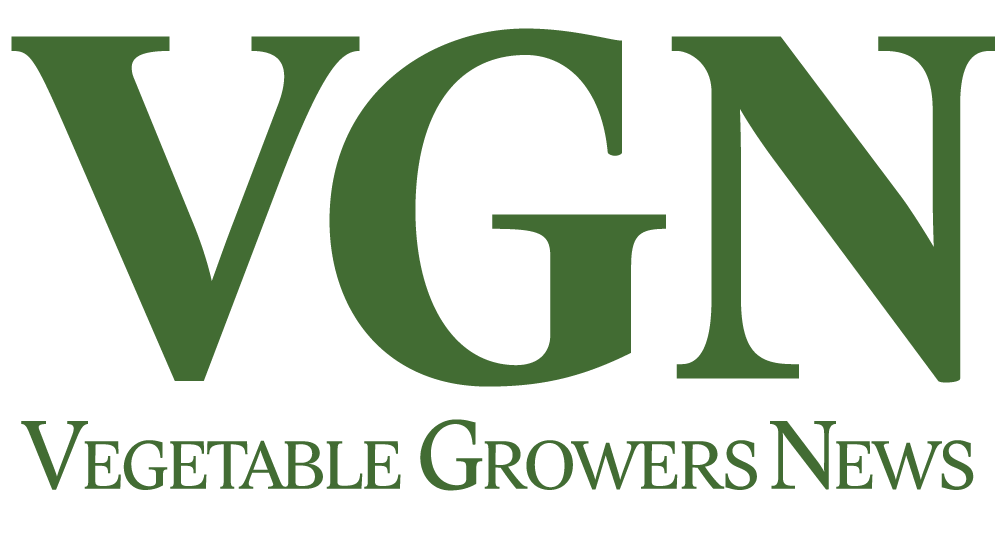
Jun 25, 2025
Apple woes: Trade wars, costs jeopardize apple growers
Threatened by a multi-front trade war and dogged by higher costs that have slashed exports and acreage, apple growers are confronted by an uncertain future.
Those challenges, including escalating labor costs, were highlighted in a May 15 USApple production webinar. Chris Gerlach, vice president of insights and analytics, provided an overview of the trials afflicting the apple industry.
“The only certainty at this point is uncertainty,” he said. “Things are changing every day and we’re keeping tabs on what’s going on.”
In February, the U.S. began imposing a series of global tariffs on select imports, prompting countries to retaliate with their own tariffs and/or begin negotiations. Canada and Mexico tariffs were originally 25% with goods coming to and from China at 145%, falling to 30% a week later.
“Of course, we know how important they (Canada, Mexico) are as trading partners to us,” Gerlach said. “That was pretty scary. The details of this reciprocal trade war are constantly changing. As such, it’s impossible to predict the full extent of the impact to American apple growers, processors, importers and the economy at large. It doesn’t necessarily have to last 90 days. It could blow up at any time, but we are hopeful that these levels will stay at least for a while and maybe even come down based on some other negotiating.”

Because many details remain to be negotiated, Gerlach was reluctant to call the U.K. development a trade deal. While the negotiations are encouraging, U.K. officials stated they weren’t willing to drop their food standards which serve as non-tariff barriers to U.S. apples.
“We are taking meetings at the highest levels and are doing our best to strike while the iron is hot to make inroads with U.K., Vietnam, Taiwan, etc. We are working to get apples included in whatever agreements come to the fore,” Gerlach said.
Exports jeopardized
When countries retaliate, sales will be lost and market share will erode, increasing domestic supplies and applying downward pressure on prices. Opportunities for sales gains exist in markets that negotiate, Gerlach said.
Exports have been declining over the past decade. Though fresh U.S. apple exports hit a record 54 million bushels in 2014-15, they started declining 41% year-over-year beginning in 2021-22. While exports in 2023-24 increased 47% compared to the previous year, export levels remain smaller than a decade ago.
Labor and other input costs mean U.S. growers can’t compete against lower-cost producers including Turkey, Poland and China, Gerlach said.
During the 2024 season, growers suffered low shipping point prices. Prices for Honeycrisps, one of the more expensive varieties to grow, started at $65-$70 a box, but fell 55% through the season and led to net losses across the industry. Other varieties including Granny Smith, Golden Delicious, Fuji, Gala and Red Delicious also experienced price declines.
Labor costs are eating up grower profits. In 2013, labor accounted for 37% of net returns but jumped to 70% in 2022, according to a Washington apple grower financial analysis Gerlach cited.
“With prices being so depressed last season, at the end of the day, the labor costs alone took up 99% of those net returns, leaving just 1% to cover all the other inputs that had already been paid for it, much less the loan to the bank or paying yourself a salary,” Gerlach said. “There were a lot of negative net returns last year, and it caused a lot of heartache in the industry.”
Acreage is also tumbling across apple states, with most states removing acreage since 2021. During the last decade, bearing acreage has declined 10% or 32,000 acres, equivalent to the combined acreage of Pennsylvania, Virginia and Oregon.
At the same time, yield is up 19% or 139 bushels an acre, with 2023 and 2024 being consecutively strong production years. The 2023 harvest was the biggest ever, Gerlach said.
“People have seen the writing on the wall,” Gerlach said. “There’s a little bit of a disconnect between the market signals and when people are planting versus when the market turns south.”
Prompted by tough markets, growers have been removing underperforming blocks, including processing apples that aren’t paying enough to store long-term or harvest with hand labor with high Adverse Effect Wage Rates (AEWR) rates, he said.
“People are seeing that these processing prices can’t justify the input costs, and [growers] are trying to right-size their orchards,” Gerlach said.









